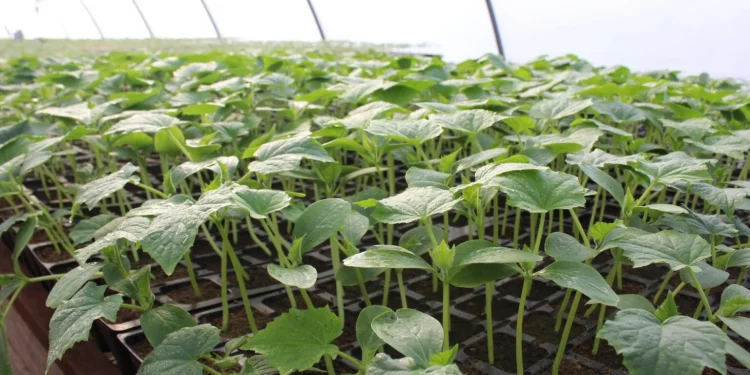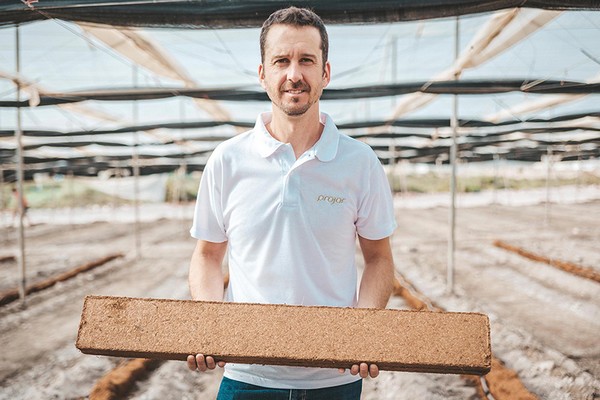Eastern Kazakhstan continues to strengthen its agricultural sector with the addition of a new greenhouse dedicated to the cultivation of cucumbers, tomatoes, and greens. As reported by YK-news, this development underscores the region’s commitment to self-sufficiency and sustainable farming practices, offering lucrative opportunities for investors and entrepreneurs.
The Department of Agriculture in East Kazakhstan reports that the region already meets its vegetable needs, including potatoes, carrots, white cabbage, and onions, through local farming. Additionally, several districts cultivate beets, cucumbers, and tomatoes, highlighting the area’s robust agricultural capabilities.
Expanding Greenhouse Infrastructure
Currently, the region operates eight seasonal greenhouses, with four located in Zaisan District, two in Glubokovsky District, and one each in Ulan District and Ust-Kamenogorsk. The new greenhouse in Ulan District, set to begin operations in 2024, will significantly boost local production of cucumbers, tomatoes, and various greens. This expansion aligns with the region’s strategic goals to enhance food security and support local economies.
A Sustainable Future
The introduction of this new greenhouse reflects Eastern Kazakhstan’s broader vision of sustainable agriculture. By focusing on greenhouse farming, the region can optimize resource use, minimize environmental impact, and ensure a steady supply of fresh produce throughout the year. Greenhouses allow for controlled growing conditions, reducing the reliance on pesticides and enhancing the quality and yield of crops.
Investors and entrepreneurs will find this initiative appealing due to the region’s proven agricultural success and the potential for growth in the greenhouse sector. With increasing consumer demand for locally sourced and sustainably grown produce, the market for greenhouse-grown vegetables is poised for expansion.
Economic and Community Benefits
The new greenhouse project is expected to create jobs and stimulate economic activity in Ulan District. Seasonal greenhouses already play a crucial role in the local economy by providing employment opportunities and supporting ancillary businesses. The expansion will further solidify the region’s position as a key player in Kazakhstan’s agricultural industry.
Moreover, the greenhouse will contribute to the community’s well-being by ensuring access to fresh and nutritious vegetables. This aligns with global trends towards healthier eating habits and sustainable food production. As the greenhouse industry grows, it will also offer educational opportunities for local farmers and agricultural students to learn about advanced farming techniques and sustainable practices.
Conclusion
The establishment of a new greenhouse in Ulan District marks a significant step towards sustainable agricultural development in Eastern Kazakhstan. It offers promising opportunities for investors and entrepreneurs interested in eco-friendly farming and the burgeoning greenhouse sector. With the region’s commitment to self-sufficiency and sustainable growth, this initiative is set to yield substantial economic and community benefits.










